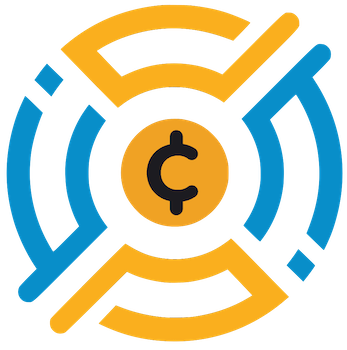The cryptocurrency landscape is ever-evolving, with various projects stepping forward to address long-standing challenges within blockchain technology. On February 11, Uniswap took an ambitious leap into this fray by announcing the launch of Unichain, its Ethereum layer-2 (L2) solution. This development is increasingly significant, not only as a strategic move for Uniswap but also as a response to the competitive and often congested L2 space.
Unichain positions itself as a versatile platform where users can swap, bridge, and provide liquidity directly from both the Uniswap web application and its updated wallet interface. These conveniences demonstrate Uniswap’s commitment to enhancing user experience while maintaining its core principles of decentralization. With a promise of one-second block times and aspirations to reduce latency further to 250 milliseconds, Unichain is aiming to offer a more efficient alternative that could appeal to both users and developers.
The platform’s ambition is reflected in the impressive metrics shared upon its launch. A staggering 88 million test transactions and 12 million smart contracts were reportedly processed during its testnet phase, which is indicative of the platform’s readiness for real-world application. Hayden Adams, Founder and CEO of Uniswap Labs, underscored this readiness by stating, “Unichain is built differently.” This assertive positioning highlights Unichain’s goal to enhance the decentralized finance (DeFi) landscape by making transactions faster and cheaper while adhering to a permissionless design from the outset.
Unichain introduces several notable functionalities, including trading swaps, liquidity provision, token launches, and lending and borrowing mechanisms. The incorporation of cross-chain trading through the ERC-7683 standard widens the platform’s appeal, potentially facilitating seamless interactions between different blockchain ecosystems. Notably, initially absent interface fees for swaps and integration with native USDC through Circle reveal Unichain’s user-centered approach aimed at attracting a broader audience.
Furthermore, the mention of permissionless fault proofs allows anyone to challenge transactions, reinforcing the project’s transparency and commitment to empowering users. This is imperative, especially for a platform entering an already congested layer-2 market. The strategic decision to position Unichain as a “Stage 1 rollup,” aiming for improved decentralization from day one, reflects a long-term vision that goes beyond mere functionality; it emphasizes an ecosystem grounded in trust and community governance.
Despite its promising outset, Unichain will have to navigate an intensely competitive layer-2 marketplace. Current statistics reveal that the L2 ecosystem has a total locked value (TVL) of around $42.3 billion, with established players like Arbitrum One and Base dominating the market with respective shares of 38% and 32%. A glance at L2beat’s records showcases that Unichain is one of approximately 60 rollup-based networks vying for user attention and liquidity in an already saturated market.
Nonetheless, the backing of Uniswap— the largest decentralized exchange (DEX) in the world— can prove invaluable. The network effect that accompanies such backing could provide Unichain with a competitive edge, attracting both users familiar with Uniswap and developers looking for reliable platforms to build upon. However, it must be noted that the immediate market reaction appeared tepid, as the price of Uniswap’s native token, UNI, fell by 6% following the announcement. This decline underscores the volatility within the DeFi market and raises questions about the sustainability of recent price fluctuations.
As Unichain moves forward, it faces the dual challenge of standing out in a crowded marketplace while simultaneously ensuring a robust feature set that addresses users’ needs. The ambitious plans for a Validation Network later this year indicate a forward-thinking approach aimed at bolstering the platform’s robustness and decentralization. However, the overall success of Unichain hinges on its ability to attract and retain users amidst significant competition while upholding the decentralized ethos that has driven the growth of the entire crypto space.
Unichain represents more than just a technical upgrade; it symbolizes Uniswap’s determination to carve out its niche within the burgeoning layer-2 landscape. Success will depend on both its operational execution and the ability to maintain community trust in a market that is continuously evolving. As both users and developers keep a close eye on developments, Unichain’s trajectory will be one to watch as it seeks to redefine the possibilities of decentralized finance.
















Leave a Reply